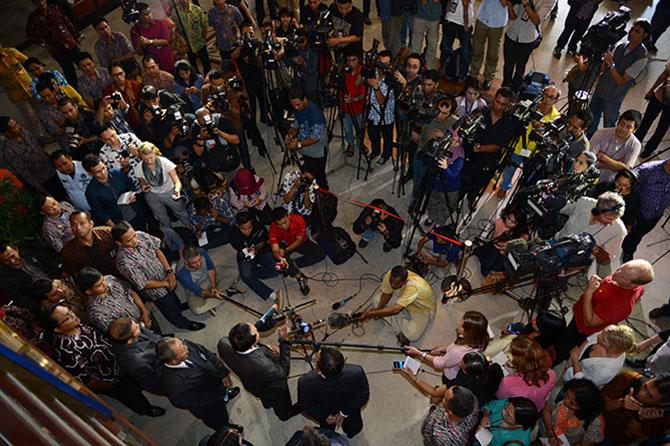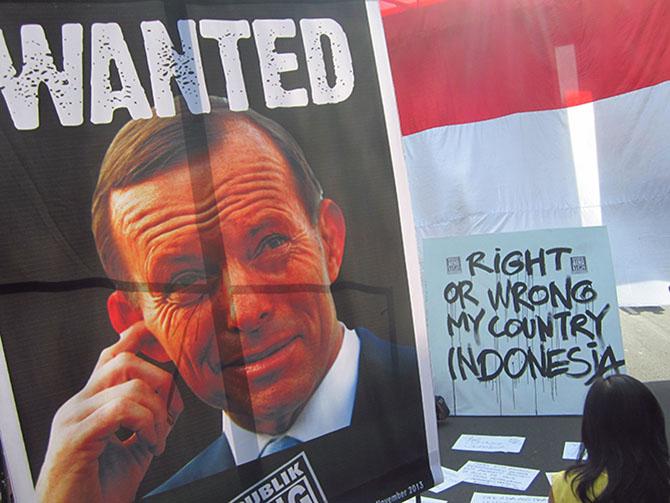
The media will continue to frame the story as whether leaders are considered “friends,” and both will continually “take the temperature” of the relationship. This means stories will remain based on high-level meetings and whatever the “hot topic” is that particular week. Then the story will disappear, until another flashpoint occurs. This has been the trend in media reporting of Indonesia and Australia for more than 40 years, although the severity of these flashpoints has varied greatly. So how can this cycle of news production be changed? The answer is not simple, and it is not, despite what both governments have argued, found by hindering the media or expecting the media to perform a different role to the one outlined by Peter Lloyd. In hopes of shifting this view, here are three recommendations.
First, don’t look at the media as the solution. Look at education. In Australia, the study of Indonesia’s national language, Bahasa Indonesia, has drastically declined. More Australians were learning Indonesian in the 1970s than they do today. For example, in 1996, there were 44,973 students in New South Wales public schools studying Indonesian. In 2011, there were only 6,029. Of those, only 87 were studying Indonesian in their final year of school. A report completed in 2012 by Australian academic David Hill showed that Indonesian language learning in Australian tertiary education was in crisis, with six universities closing their Indonesian programs between 2004 and 2009. If Australians are going to broaden their knowledge and understanding of Indonesia, it must come through schools and universities. Australia has a long history of producing “Indonesia experts,” and Australian scholarship on Indonesia is generally considered the best in the world. This is a huge asset to the relationship and must be expanded.

For its part, Indonesia should do more to promote Australian studies and politics in some of its degree programs. Most Indonesians who undertake tertiary education degrees in Australia do not study Australian subjects, while those who undertake theses at a master’s or doctoral level often research on Indonesian issues. Scholarships for Indonesians to study Australian politics and society would easily help here. Getting content on Australia within Indonesian schools will be more difficult, and tells us something about the nature of the Indonesia-Australia relationship.
Second, embrace content sharing. In recent years, there has been a rise in online platforms in Australia that have portrayed a broader set of opinions on both Australia and Indonesia. With funds provided by Asialink at the University of Melbourne, The Conversation has hired a Jakarta-based editor to encourage Indonesian academics to write for an Australian audience. English-language news outlets The Jakarta Post and Jakarta Globe also provide commentary on issues involving Australia and Indonesia. Nevertheless, media organizations could do more to source intelligent Indonesian commentators (there are many) who are adept at explaining Australian current affairs.







%20resized.png)
